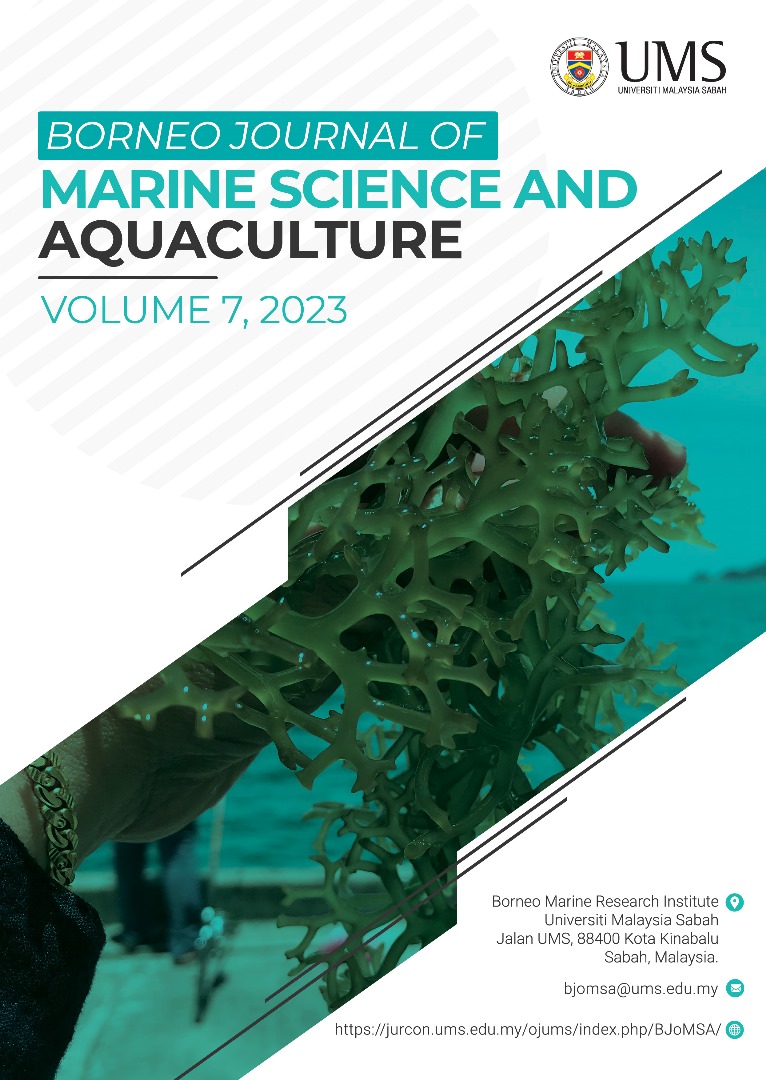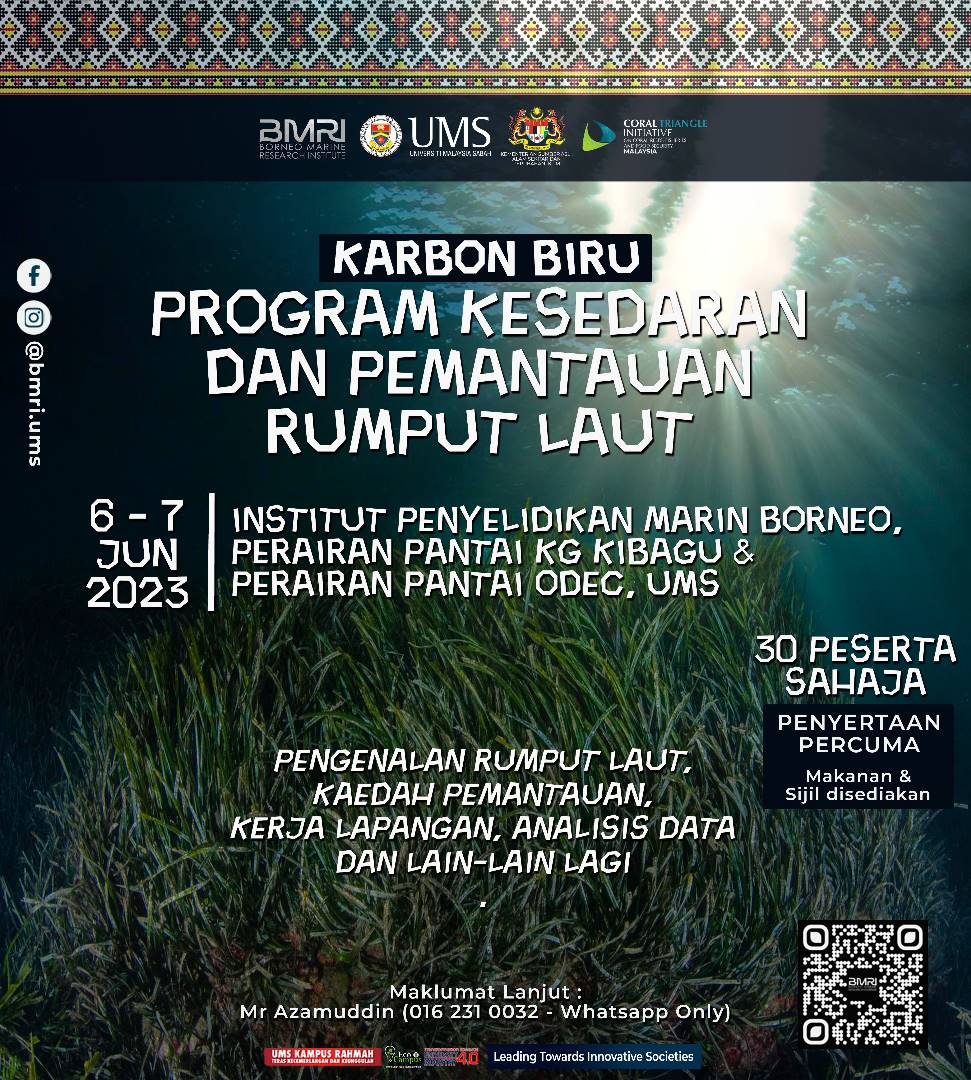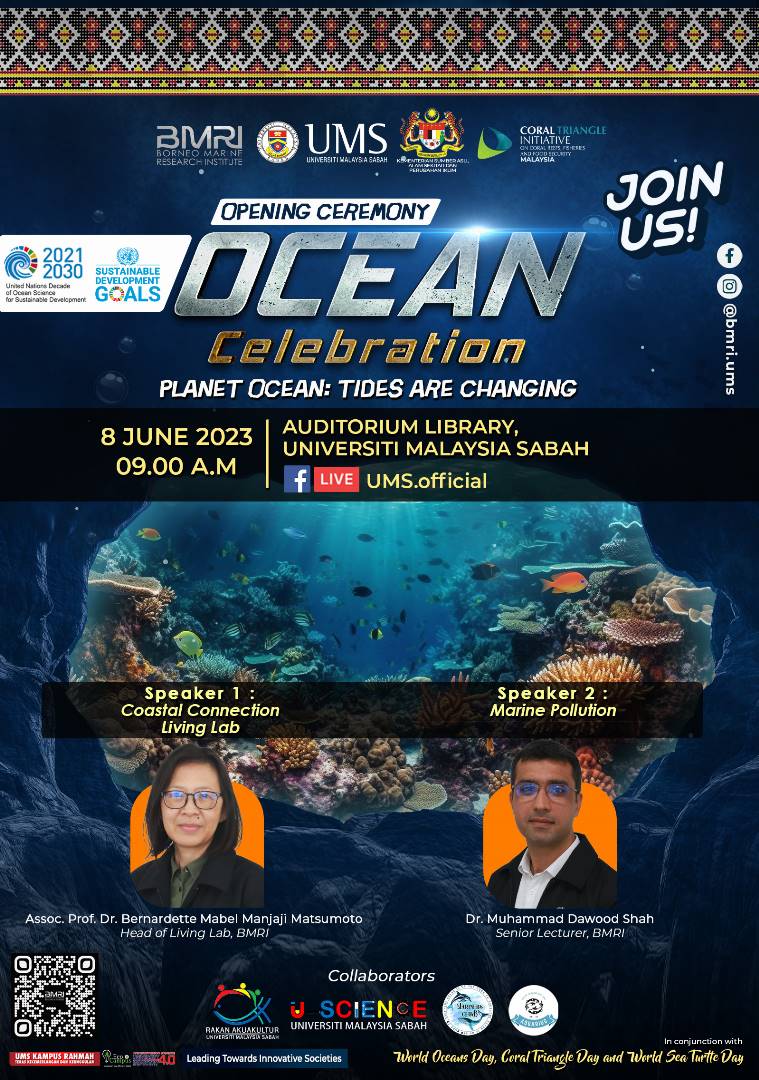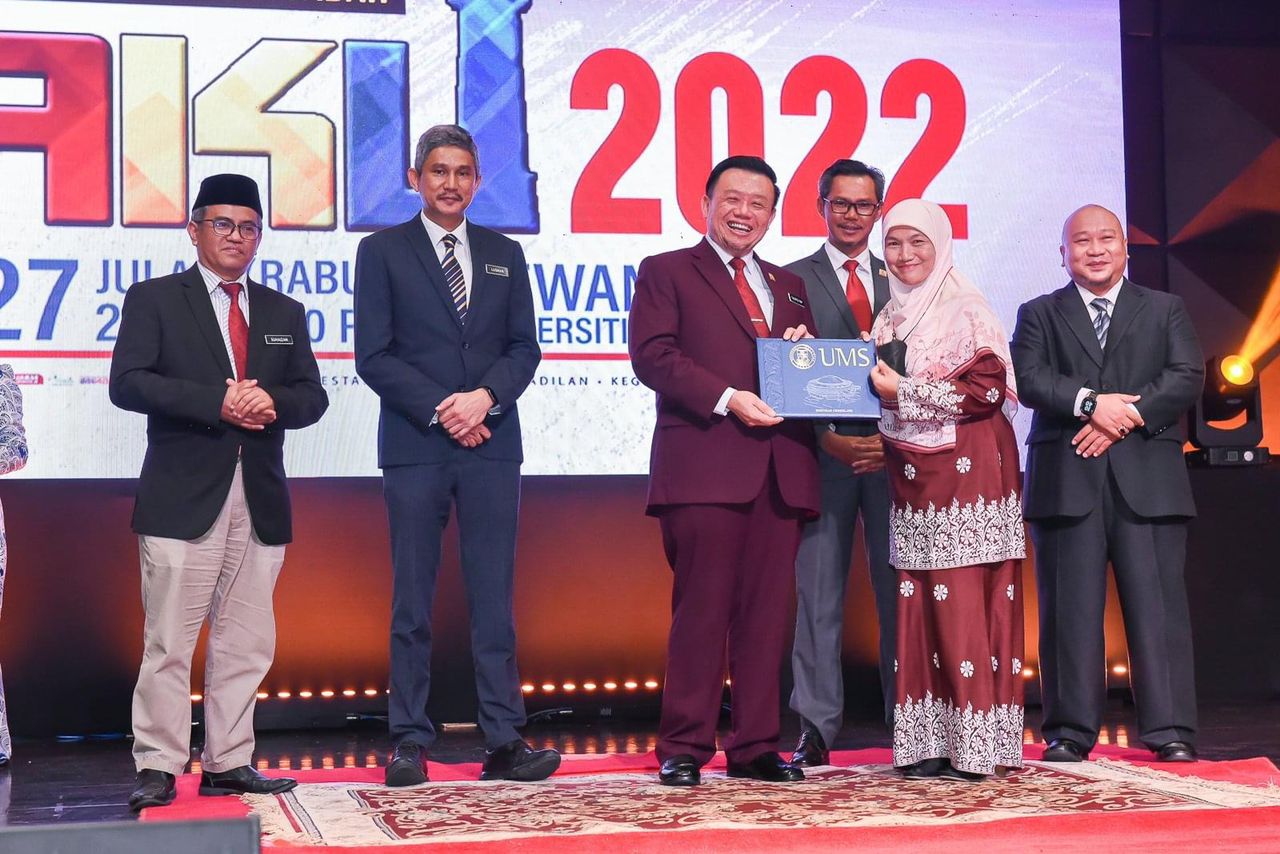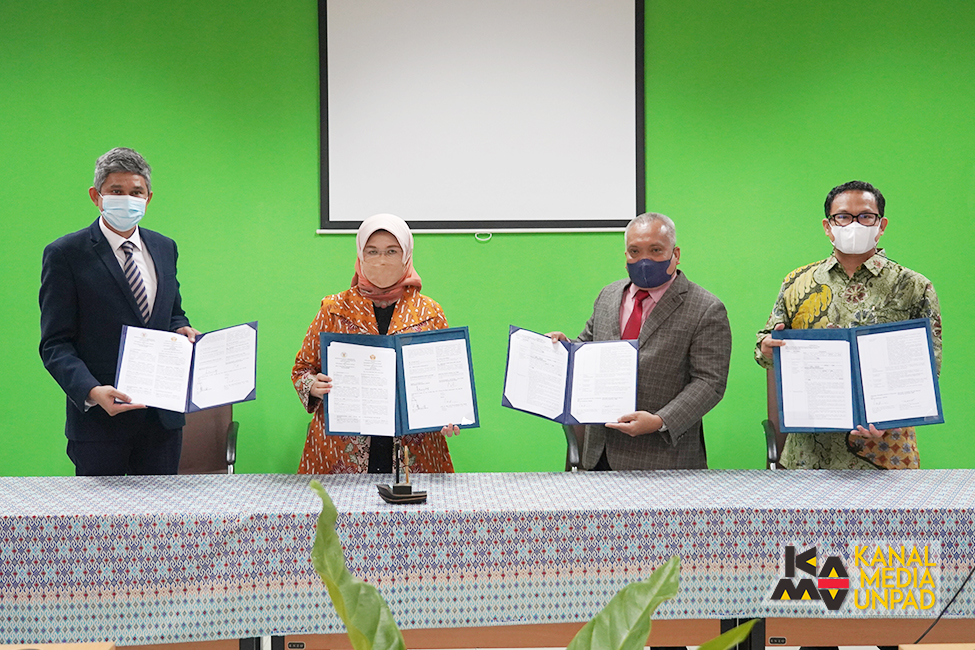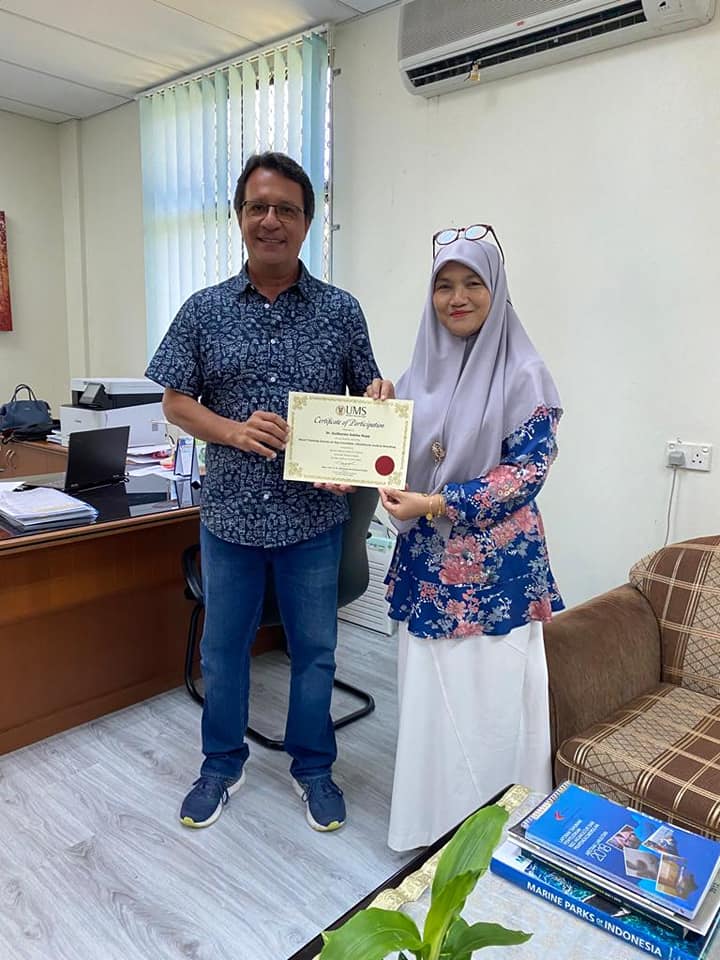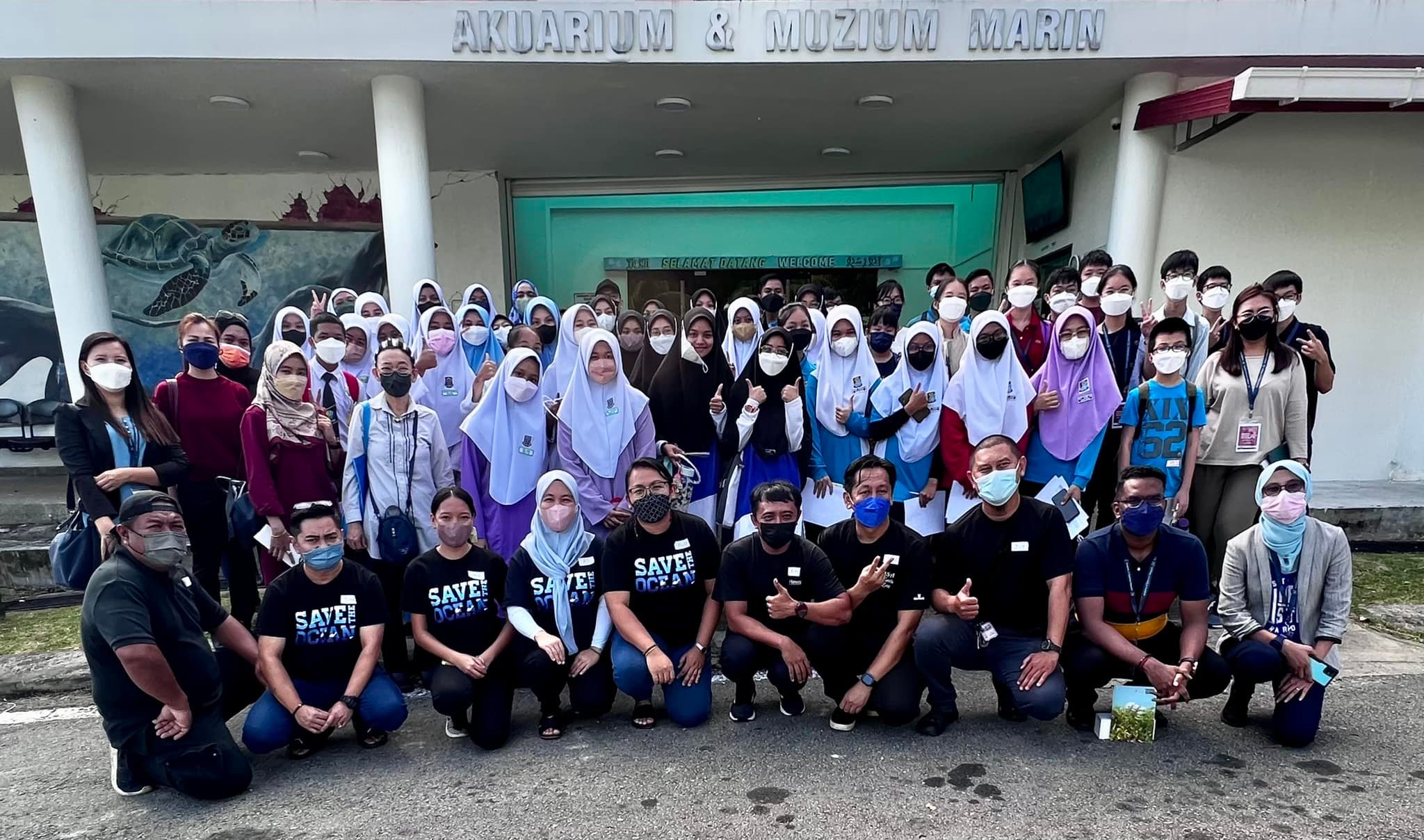SHRIMP HATCHERY
Shrimp and crab support the increasingly popular seafood industry in Malaysia. Overfishing has depleted the natural population of these economically important crustaceans. Aquaculture is bridging the gap between supply and demand. Captive breeding, larval rearing and grow-out management are the main elements of successful aquaculture production.
While marine shrimps have received a great deal of attention for commercial farming, interest in giant freshwater shrimp (Macrobrachium rosenbergi) and mangrove (or mud) crab (Scylla tranquebarica) is a relatively new development.
Marine shrimp hatcheries are facing challenge on account of disease outbreaks and water quality degradation that threaten the sustainable seed production. Vulnerability of tiger shrimp (Penaeus monodon) to infectious diseases, especially, white sport viral disease, has prompted interest in the more resilient white shrimp (Litopenaeus vannamei).
Stock rebuilding and culture are considered as the best means of helping the coastal fishermen and farming community. However, currently the main constraint is lack of seed production facility. At the shrimp hatchery, we are seeking solution of such problems.
BMRI has recently established a shrimp hatchery in addition to the existing fish hatchery. Facilities are available for pursuing postgraduate research. Currently, the focus of research at the shrimp hatchery is on broodstock management, captive breeding and larval rearing of tiger shrimp, pacific white shrimp, giant freshwater prawn and mangrove crab including grow-out techniques. Other topics receiving attention are nutritional requirements of the selected species, fertility and egg quality, water quality remediation systems, modulation of immunity and biosecurity methods.

